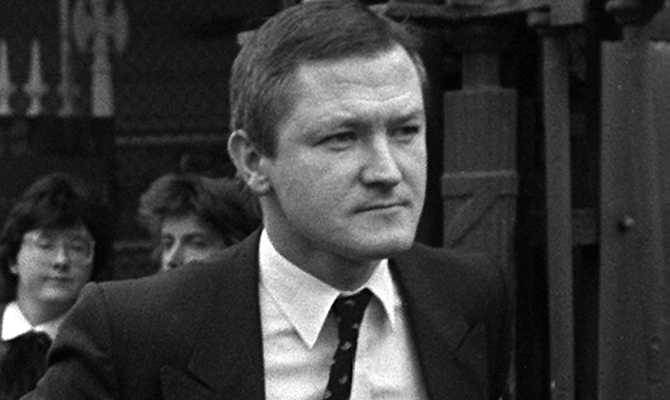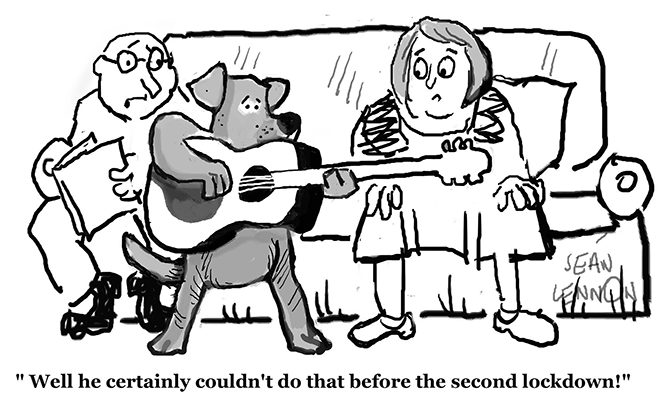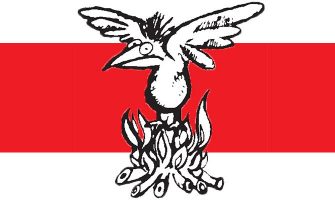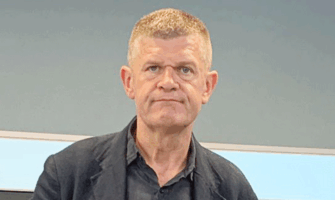
Pat Finucane
Successive governments in the Irish republic bear the brunt of responsibility for the IRA’s ‘insurgency’. That’s one of the core accusations from former Special Branch (SB) officer William Matchett, whose book on SB’s war against the IRA has been trumpeted recently as the best unionist riposte to collusion allegations.
The book’s title, Secret Victory – The intelligence war that beat the IRA, is unproven even if one accepts all the claims in the book. However, the fact that its foreword is written by former RUC SB commander and ex-PSNI assistant chief constable Raymond White also highlights the imprimatur of the RUC’s retired officers’ association. Matchett’s ‘pro-IRA’ accusation against politicians in the south reflects a broad view amongst former RUC men.
The book’s political hyperbole – equating the IRA’s ‘insurgents’ with Al-Qaeda, for example – tends to obscure some highly revealing information in its pages; details that retired SB officers may come to wish had not been exposed. Eye-openers include the fact that RUC SB had only 15 well-placed agents within the IRA at any one time and that the British Army’s covert Force Research Unit (FRU) had only “a handful of agents of any worth who were mostly in Belfast”. This goes counter to prevailing propaganda that the IRA was swamped with state agents.
Matchett is also surprisingly impolitic in specifically naming former FRU agent Kevin Fulton – real name Peter Keeley – as also being a Special Branch agent and a man of “courage”. Fulton has recently been the subject of legal proceedings in relation to the 1990 murder of IPLO member Eoin Morley and has also been accused of involvement in the murder of a female police officer, Colleen McMurray, in 1992.
The central flaw in Matchett’s ‘we won the war’ argument is that RUC SB opposed the peace process and regarded the dismantling of the RUC as an outright defeat. In fact, Matchett is probably the first senior SB man to publicly use the word ‘disbandment’ with regard to the swift removal of the RUC and its Special Branch in 2000.
With regard to collusion itself, Matchett unwisely cites the case of Pat Finucane and avers that SB “tried to protect” the Belfast solicitor. He omits to mention that it was members of the RUC Special Branch who briefed British MP Douglas Hogg before his notorious statement in the House of Commons, just prior to Finucane’s murder in February 1989, to the effect that certain Northern Ireland solicitors were Provo sympathisers. Matchett also declines to join the dots when he acknowledges that UDA quartermaster William Stobie was an SB agent. It was Stobie that provided the guns that killed Pat Finucane.
















